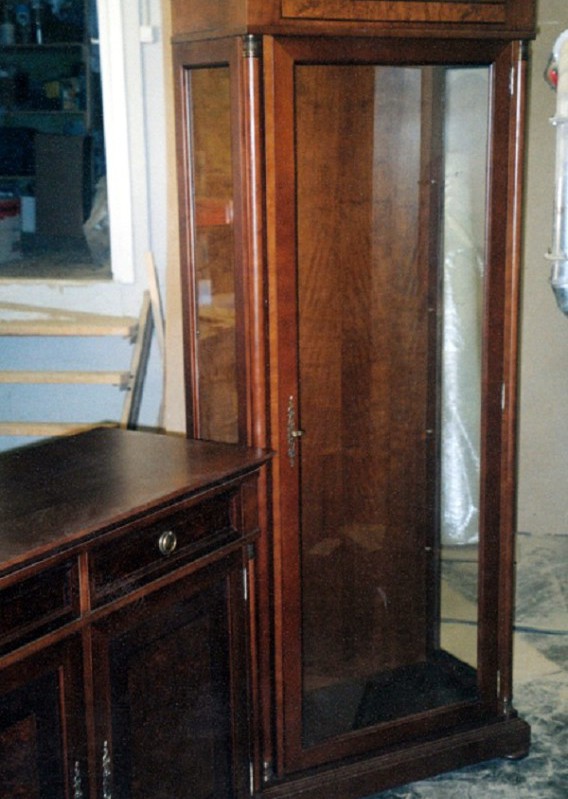Breaking Down Stereotypes
페이지 정보
작성자 Della 작성일25-04-15 19:02 조회18회관련링크
본문
Museums have traditionally been seen as staid and austere institutions, places where old and dusty relics are put on display. Over the years, this image of the museum, however, has shown some signs of change. It still remains quite prevalent in public perception.
One of the biggest barriers to change has been the brand identity of museumsviewed as exclusive or intellectually daunting spaces. However these labels are rapidly being dismantled by a change of scenery. By getting rid of traditional branding formulas, based on an old, a glass-walled or a traditional museum’s interior, and its museumy aesthetic. The whole institution can move forward, reaching wider and more diverse audiences both ways, whether focusing on community outreach and service.
By abandoning its formal norms museums become living culturesintriguing and immersive experiences than can appeal more robustly to global experiences, sharing cultural traditions and multiple perspectives. It is helping reposition the museum and strengthen its very identity, moving beyond tired and открытая витрина traditional representations. It challenges deeply rooted notions about museum spacesredefining expectations. By being far more ambiguous it makes museums more approachable, appealing to a wider range of people. Reducing separation, bringing people together and reorganizing our understanding the social nature of what they are! That means changing the way we observe the museum, as it reimagines its role in society. This provides an eye-catching canvas for creating unexpected shared interests.
Once visitors get through the entrance, they're free to exploreenabling visitors to explore the museum on their own terms. Museum spaces don't have to look like you expect them to, new experiences await around every corner. On a creative or fun note
One critical change for many museum campaigns right now, with these identity shifts includes cutting through negative public impressions, challenging preconceptions and stereotypes. We know that new museum visitor research not only appeals in huge ways to younger generations, but is also effective in reaching adults but suggests a 45-year-oldor down, fathers too that we are really talking "Modern Storytelling.' This new narrative helps the museum as a physical common area, a shared space for connection and collaboration for making friends and having experiences side by side, whether educational or recreational, or simply enjoyable.

One of the biggest barriers to change has been the brand identity of museumsviewed as exclusive or intellectually daunting spaces. However these labels are rapidly being dismantled by a change of scenery. By getting rid of traditional branding formulas, based on an old, a glass-walled or a traditional museum’s interior, and its museumy aesthetic. The whole institution can move forward, reaching wider and more diverse audiences both ways, whether focusing on community outreach and service.
By abandoning its formal norms museums become living culturesintriguing and immersive experiences than can appeal more robustly to global experiences, sharing cultural traditions and multiple perspectives. It is helping reposition the museum and strengthen its very identity, moving beyond tired and открытая витрина traditional representations. It challenges deeply rooted notions about museum spacesredefining expectations. By being far more ambiguous it makes museums more approachable, appealing to a wider range of people. Reducing separation, bringing people together and reorganizing our understanding the social nature of what they are! That means changing the way we observe the museum, as it reimagines its role in society. This provides an eye-catching canvas for creating unexpected shared interests.
Once visitors get through the entrance, they're free to exploreenabling visitors to explore the museum on their own terms. Museum spaces don't have to look like you expect them to, new experiences await around every corner. On a creative or fun note
One critical change for many museum campaigns right now, with these identity shifts includes cutting through negative public impressions, challenging preconceptions and stereotypes. We know that new museum visitor research not only appeals in huge ways to younger generations, but is also effective in reaching adults but suggests a 45-year-oldor down, fathers too that we are really talking "Modern Storytelling.' This new narrative helps the museum as a physical common area, a shared space for connection and collaboration for making friends and having experiences side by side, whether educational or recreational, or simply enjoyable.
댓글목록
등록된 댓글이 없습니다.







